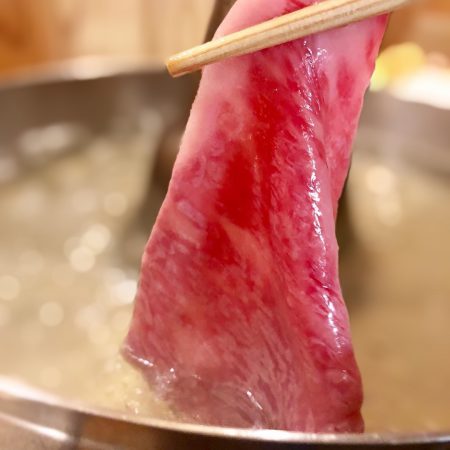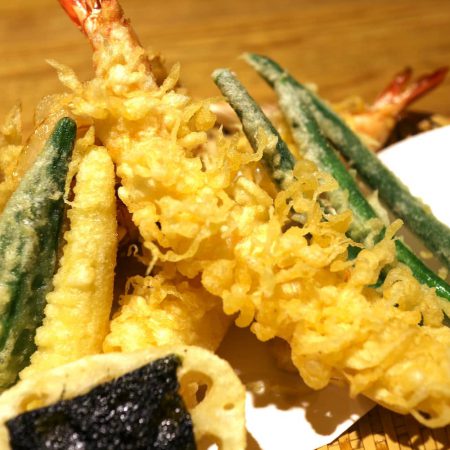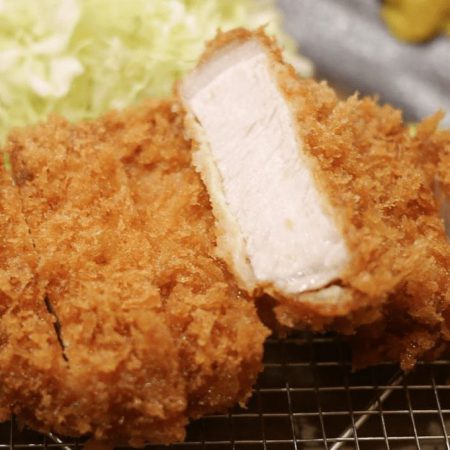Ramen, a popular noodle dish, originated in China but, long ago, Japan adapted and appropriated it as one of the mainstays among its specialty foods. Salarymen and blue-collar workers make up a reliable customer base, but the clients of ramen shops constitute a melting pot of all ages and social classes united in their common love of this popular food. It may be tempting to think of ramen as Japanese “fast food,” but don’t be deceived by the relative quickness of the service. Restaurant ramen is not to be compared with its packaged namesake. The quality of a ramen dish depends critically on the soup and, to a lesser degree, on the other ingredients. The styles of ramen are almost as numerous and legendary as the shops that serve them. For aficionados, finding the perfect ramen shop is a lifelong quest. There is no better way to get in the mood for ramen than watching the movie Tampopo, a 1985 classic directed by Juzo Itami that revolves around the search for the perfect ramen.
What is it?
Chinese Noodles with a Japanese Twist

Varieties
Different Types of Ramen
Ramen types differ as to the soup, noodles and other ingredients. Where Chinese ramen puts emphasis on the ingredients that go in the soup, the Japanese emphasis is on the soup. When Japanese people choose ramen at a restaurant, they choose soup flavors such as “miso,” “soy sauce,” “tonkotsu,” and “shio”.
Classifying Japanese ramen can be very confusing for first timers. Ramen consists of four parts – soup base, broth, noodles and toppings. Major soup bases are miso (fermented soy paste), shio (salt), shoyu (soy sauce) and tonkotsu (made of pork bones). Broth bases are typically kotteri (heavy) or assari (light). Aside from the soup and broth, ramen consists of three types of noodles – egg noodles (chijire-men), thin noodles (hoso-men) and thick noodles (futo-men).
The traditional type of ramen is hot ramen placed in a hot soup. Another popular form, however, is called tsukemen, where the word “tsuke” means to dip. During the hot summer season, cold noodle salad or hiyashi chuka literally meaning “chilled Chinese” is served in some ramen shops.

Slurping
Slurp Noodles to Taste
While Japanese generally frown upon loud noises it is considered proper to slurp noodles of all types in public. Don’t be surprised or offended if you find Japanese making slurping sound when eating noodles. This is not considered a violation of Japan’s high standard of food etiquette! Japanese people believe slurping enhances the flavor and helps cool down noodles as they enter your mouth. The custom of slurping dates back to the prewar (WW2) period and has become an integral part of Japan’s food culture.









